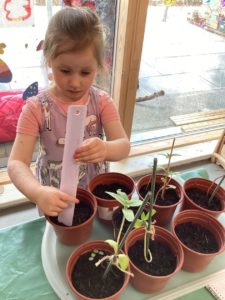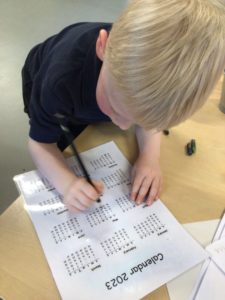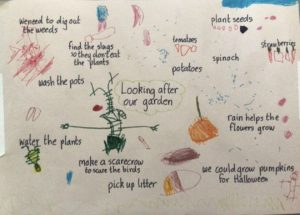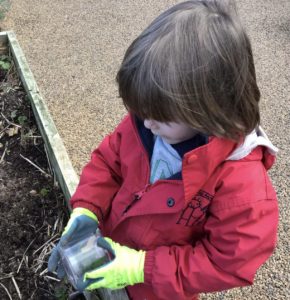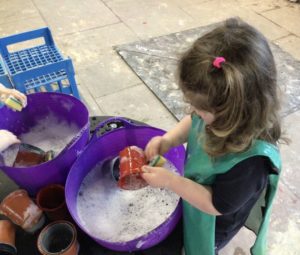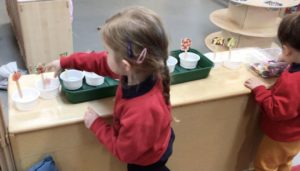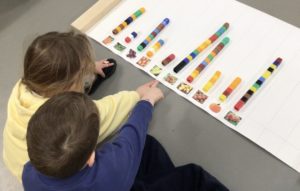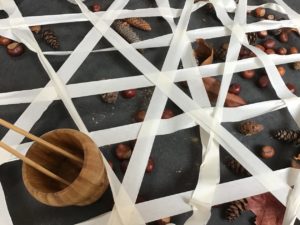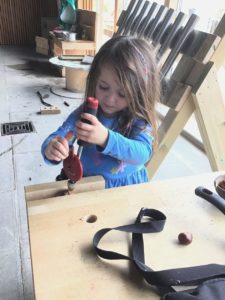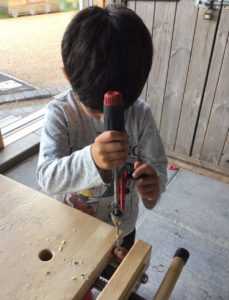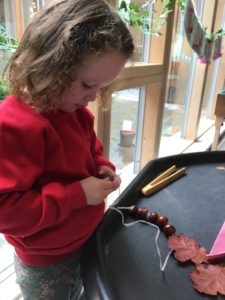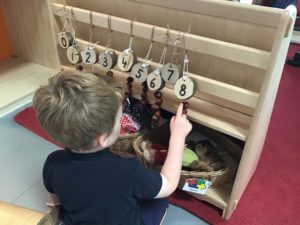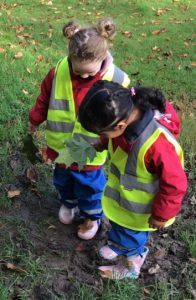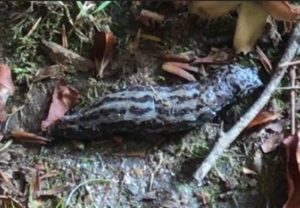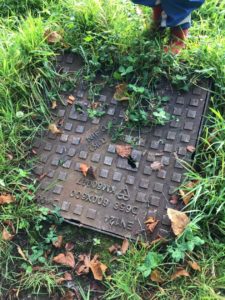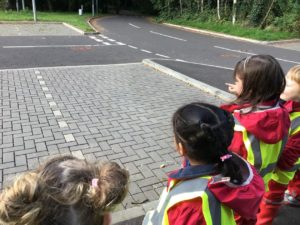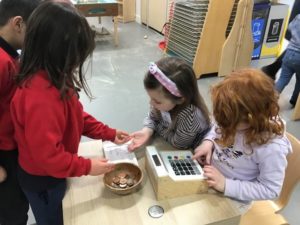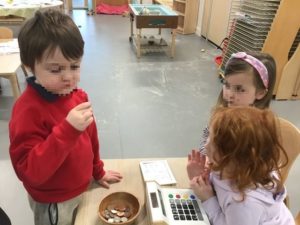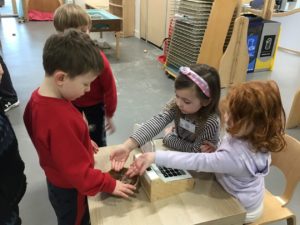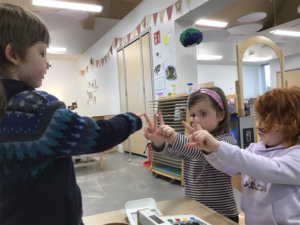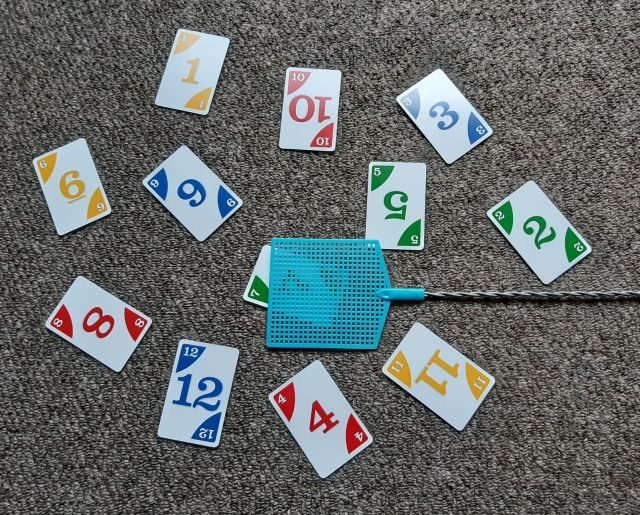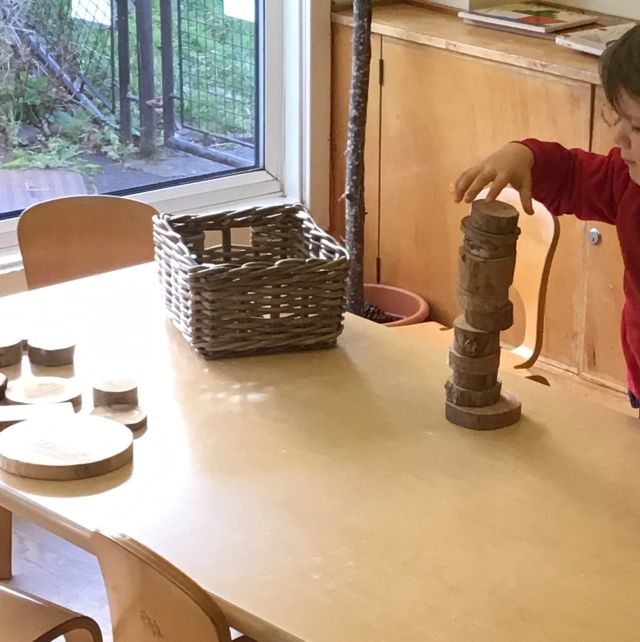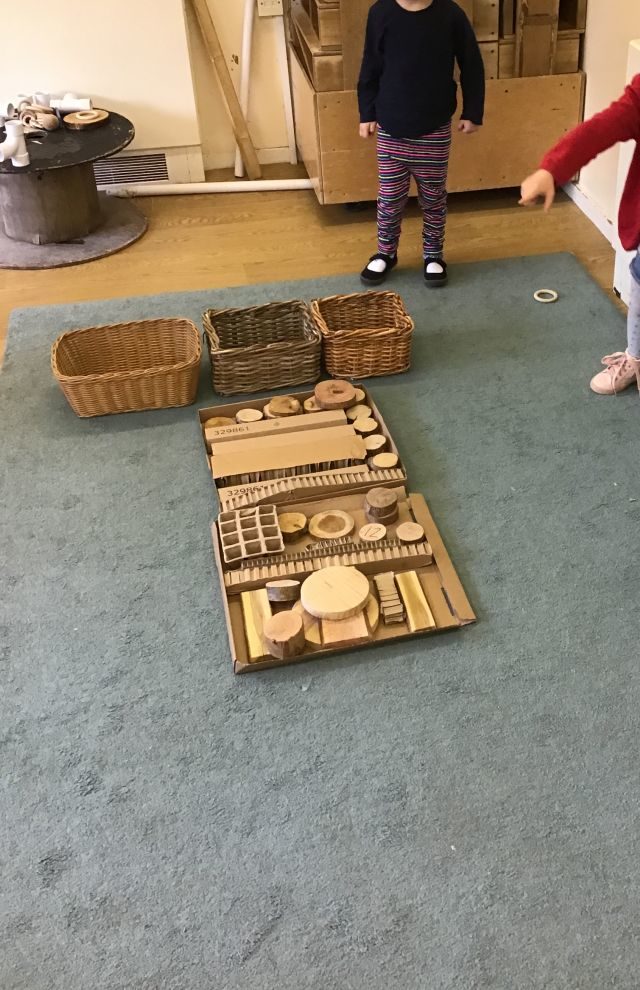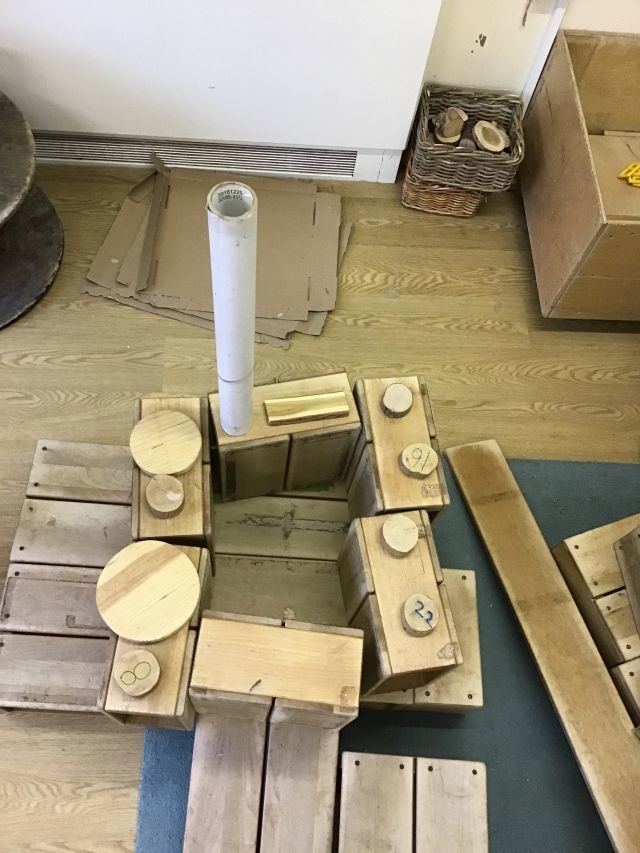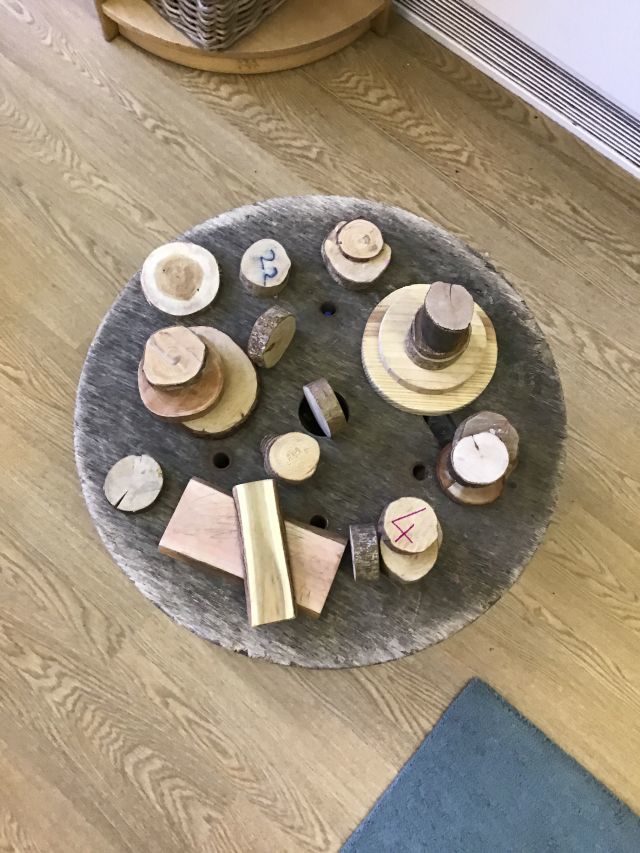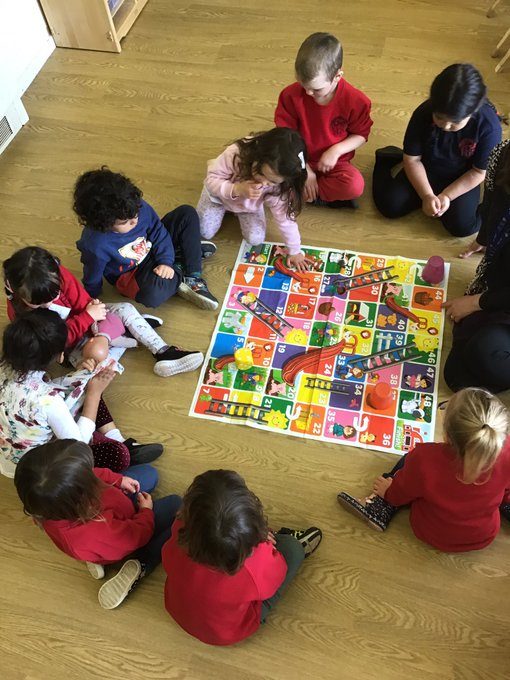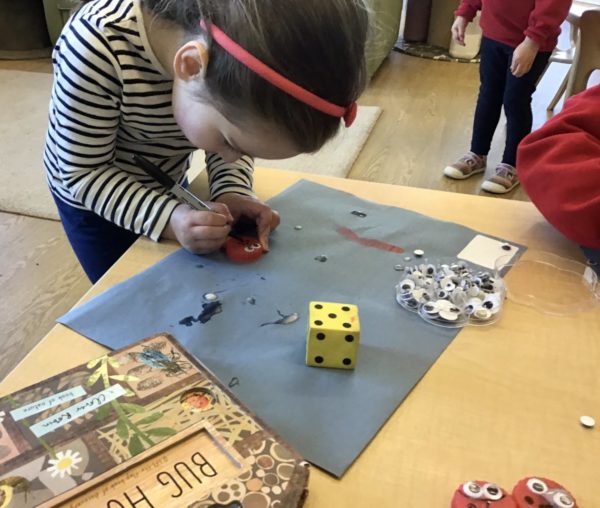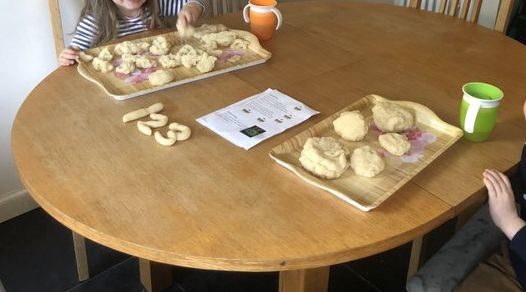by Mrs Burnett
Continuing our theme of Spring planting, what a lot we have learned from simply planting a few little sunflower seeds.
Back in March, to set the stage for World Down’s Syndrome Day we used fundraising seed bags donated by one of our lovely children, to sow some sunflowers indoors.
We scrutinised the differences between the seeds of the normal yellow sunflowers and a new red variety we had discovered.



We carefully followed the instructions on how to plant the seeds, learning what plants need to grow.
Keen to learn what was happening to our seeds under the soil, we looked at fact books about sunflowers and watched time lapse videos of the sunflower life cycle on the iPad.

We have been checking our pots regularly and when the sunny weather came, we transferred them to a sheltered spot in the garden. We ordered them by size and gave each one a number and a name including Bonzo, Sunny and Apple Crumble!


Developing our numeracy skills, we have been having a go at estimating and then measuring the sunflowers’ height progress, plotting the results on a chart.
During a sunflower health check, we spotted that two plants had mysteriously lost their leaves. On closer examination we noticed a rogue slug and problem solved together…

“It’s just a baby one.”
“It will eat our sunflowers.”
“We have to take it away from Bonzo!”
“Maybe we could put it in the bug hotel for a holiday?”
Having gently relocated the slug off on its holidays and continuing to provide Bonzo and friends with tender loving care, we are trying hard to be patient as we wait for our sunflowers to bloom.
Roll on summer 😎


